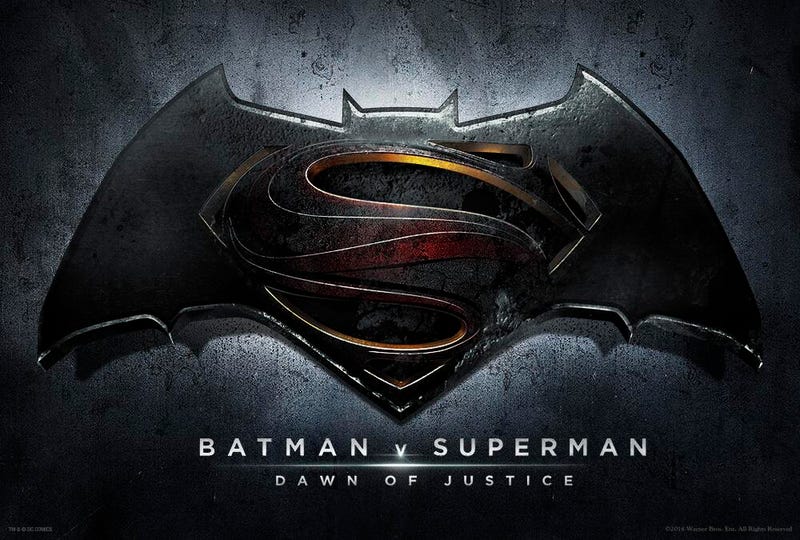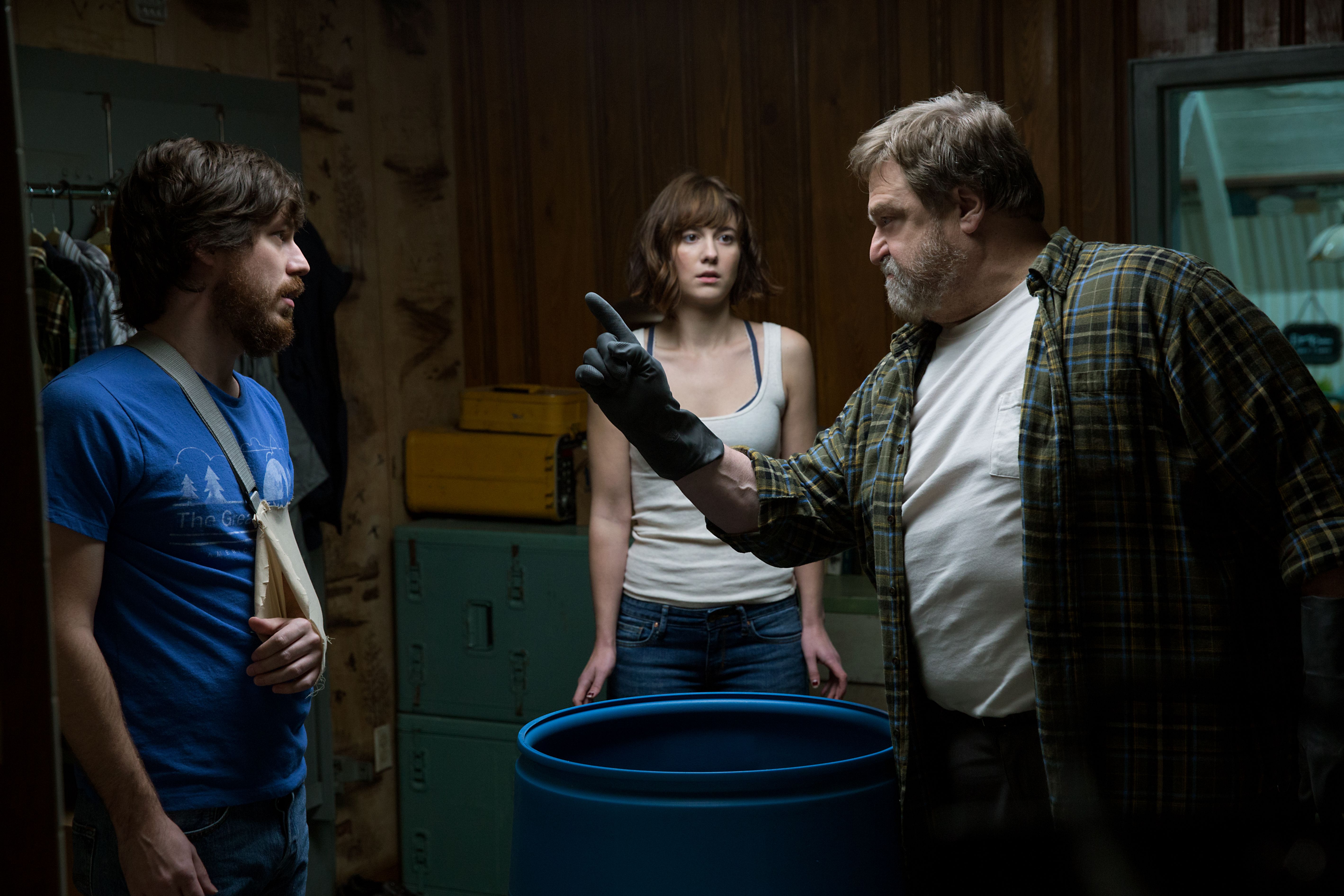 The popular arts like Hollywood films are widely consumed by the general public for entertainment and spectacle, but may receive little attention from cineastes and academic discourse. Vice versa is also commonplace as well. What some in the academy would refer to as low art are in some instances excellent historical documents and provide terrific cultural insights. Rambo III (McDonald, 1988, USA) is considered a forgettable film. However, it also has great value as a cultural artifact of the cold war between the United States and Soviet Union.
The popular arts like Hollywood films are widely consumed by the general public for entertainment and spectacle, but may receive little attention from cineastes and academic discourse. Vice versa is also commonplace as well. What some in the academy would refer to as low art are in some instances excellent historical documents and provide terrific cultural insights. Rambo III (McDonald, 1988, USA) is considered a forgettable film. However, it also has great value as a cultural artifact of the cold war between the United States and Soviet Union.
An analysis of the depiction of the mujahideen in Rambo III (McDonald, 1988, USA) shows how a culture sees friend or enemy, or good and evil is not so objective.
John Rambo(portrayed by Sylvester Stallone) is the titular character and protagonist of the Rambo franchise. Similar to Sylvester Stallone’s Rocky franchise, every sequel is more over the top than the last. Sometimes even becoming camp or self parody. By the third iteration in the Rambo franchise John Rambo has evolved from a disaffected Vietnam vet with PTSD to a cartoonish mix of 80’s action cliches and Reagan era propaganda.
In the first film in the Rambo franchise John Rambo fights American law enforcement. Rambo is harassed by a small town sheriff who will not let him pass through town or get a bite to eat because of Rambo’s shabby appearance. In the second film, Rambo travels to Vietnam to rescue American POWs. By the third installment in the franchise Rambo is taking on the Soviet army in Afghanistan.
The conflict between the U.S. and Soviet Union is one of the key reasons that Rambo III (McDonald, 1988, USA) is a valuable historical artifact. From 1979 - 1989 the Soviet Union was bogged down in a Military quagmire in Afghanistan. (Department) From a western viewpoint this is analogous to the Soviet Union’s Vietnam. In 1979 the Soviet Union invaded Afghanistan to prop up an unpopular political regime. During their occupation of Afghanistan, the Soviet Union received heavy resistance from a guerrilla insurgency. These insurgents known as the mujahideen considered fighting the Soviets to not just be a defense of their homeland and countrymen but also a jihad or holy war.
In the third installment of the Rambo franchise the mujahideen can easily be described as valiant bedouin freedom fighters. The mujahideen in Rambo III (McDonald, 1988, USA) are called, “Holy warriors” and are clearly depicted as noble freedom fighters. (rambo iii mujahideen holy warriors jihad Afghanistan, n.d.) During its initial theatrical release Rambo III (McDonald, 1988, USA) was dedicated, “To the brave mujahideen fighters of Afghanistan.” After 9/11 the film dedication is now, “To the gallant people of Afghanistan.” (Rambo Wiki, n.d.) John Rambo’s allies against the Soviet’s in the third installment of the Rambo franchise are the mujahideen. This is why Rambo III (McDonald, 1988, USA) is now sometimes jokingly referred to as the Rambo sequel when Rambo joins the Taliban. 1988’s freedom fighters are 2020’s terrorists.
Much like how disaster and science fiction films like Godzilla (Honda,1954, Japan) and Them! (Douglas, 1954, USA) reflected the anxiety of the nuclear age and the threat of nuclear annihilation. The villain in an action film can tell us about what ideologies or groups are deemed irredeemable or unadulterated evil by a culture. The depiction of the Soviets in Rambo III (McDonald, 1988, USA) provides a similar reflection of the anxieties of 1980’s America. The evolution of the protagonist in the Rambo franchise from a seemingly homeless vietnam vet with PTSD to a cartoonish action hero over the course of three films reflects the re-emergence of republican politics in a post watergate America and the election of Ronald Regan.
Hollywood action films will at times employ antagonists that are little more than cannon fodder. These villainous characters have little to no interior life and are designed to not be empathized with. During and post-World War II Nazi’s are typically employed as antagonists when cannon fodder is needed in Hollywood action films. So much so that in George Lucas’s space opera Star Wars (Lucas, 1977, USA) the cannon fodder soldiers of the enemy are called storm troopers. An obvious reference to Nazi soldiers. From the 1950’s - 1980’s Soviet communists were often used as stock Hollywood antagonists and cannon fodder as well. In Rambo III (McDonald, 1988, USA) scores of Soviet soldiers are killed by Rambo, but this is morally justified by the film because these soldiers are not depicted as real people with inner lives. Rather they are depicted as automatons of a godless totalitarian state. Their grizzly deaths are not supposed to engender empathy but rather stoke spectacle and excitement. The villians used as cannon fodder in Hollywood action films will reflect what ideologies the culture views as irredeemable and reprehensible. In the case of Rambo III (McDonald, 1988, USA) the irredeemable evil is the Soviet Union.
The Hollywood action films of the 1980's, not unlike many popular genres, borrows from melodrama. Rambo III (McDonald, 1988, USA) is very representative of the action genre in the 1980’s in terms of morality. There is little ambiguity between right and wrong, hero and villain. The antagonist has transgressed morally and ethically, so much so that the narrative needs to punish them by taking their lives. When mapping real life culture, politics, or history onto the moral framework of the Hollywood action genre of the 1980’s, one winds up with odd little historical artifacts like Rambo III (McDonald, 1988, USA). This film depicts as heros(the mujahadeen) people who in the present day we depict as evil terrorists. American pop culture's ability to think with nuance seems to not have evolved much since the 1980’s.
America’s relationship to Afghanistan on a micro level and the geo-political landscape on a macro level has greatly evolved in the 30 years since the theatrical release of Rambo III (McDonald, 1988, USA). In juxtaposition to the atheism and communism of the Soviet Union the mujahideen fighters in 1980’s Afghanistan received empathy from
western audiences. Similar to the rebels in Star Wars (Lucas, 1977, USA) Rambo’s mujahedeen allies in Rambo III (McDonald, 1988, USA) can be described as ragtag rebels battling a technologically superior autocratic empire.
Fictional stories are the lie that tells the truth. Observing both archetypes and stereotypes used in fictional stories can tell us a lot about a culture. This dynamic makes Rambo III (McDonald, 1988, USA) particularly interesting when analyzing the antagonists and Rambo’s allies. The evil despicable Soviets and the brave noble mujahadeen. While one dimensional depictions are laughable in their inaccuracy they are invaluable in learning how a culture views groups and peoples. Rambo III (McDonald, 1988, USA) may not be a great primer in geopolitics, but it can certainly tell you how during the 1980’s American pop culture viewed itself, the Soviet Union, and Afghanistan.
High art is considered art that provides the consumer some sort of insight or perspective while low art is considered a trivial entertainment or distraction. (Fisher) Thankfully film scholarship is not limited to these divisions. Oftentimes what is considered high art is primarily consumed by an elite strata of class and academia. Due to the greater cultural ubiquity of what is considered by some to be low art, low art can be a valuable tool in understanding history and culture. Studying mass consumed art can tell one much more about a culture than studying a piece of art that is consumed by a limited segment of a society. Rambo III (McDonald, 1988, USA) creates an interesting historical document. This is due to the depiction of the Mujahideen in Rambo III (McDonald, 1988, USA) juxtaposed to contemporary depictions of Afghanistan. Despite once being considered a trifle (Maslin, 1988) Rambo III (McDonald, 1988, USA) now begs the contemporary viewer to think critically about how history and pop culture views heroes and villains.
Works Cited
Carroll, A. (2018, May 26). Goodbye American Foreign Policy! Rambo 3 At 30. Retrieved from
Head Stuff: https://www.headstuff.org/entertainment/film/rambo-3-anniversary/ Department, U. S. (n.d.). Office Of The Historian. Retrieved from The Soviet Invasion of Afghanistan and the U.S. Response, 1978–1980: https://history.state.gov/milestones/1977-1980/soviet-invasion-afghanistan Fisher, J. A. (n.d.). High Art Versus Low Art. Retrieved from https://spot.colorado.edu/~jafisher/OnLine%20papers/High%20Low%20Art%20Ch%20 4 6.pdf Hinson, H. (1988, may 25). 'Rambo III'. Retrieved from The Washington Post: https://www.washingtonpost.com/wp- srv/style/longterm/movies/videos/ramboiiirhinson_a0c8ef.htm Lucas, G. (Director). (1977). Star Wars [Motion Picture]. MacDonald, P. (Director). (1988). Rambo III [Motion Picture]. Maslin, J. (1988, May 25). Reviews/Film; Stallone's 'Rambo III,' Globe-Trotting Cowboy For the 80's Audience. Retrieved from The New York Times: https://www.nytimes.com/1988/05/25/movies/reviews-film-stallone-s-rambo-iii-globe- trotting-cowboy-for-the-80-s-audience.html rambo iii mujahideen holy warriors jihad afganistan. (n.d.). Retrieved from YouTube:
https://www.youtube.com/watch?v=VqWjJdXKIXA Rambo Wiki. (n.d.). Retrieved from Fandom: https://rambo.fandom.com/wiki/Rambo_III Stallone, S. (2018, November 13). Rambo III 4K BONUS :INTERVIEW With Sylvester Stallone. Taylor, A. (2014, August 4). The Soviet War in Afghanistan, 1979 - 1989. Retrieved from The Atlantic:
https://www.theatlantic.com/photo/2014/08/the-soviet-war-in-afghanistan- 1979-1989/100786/





